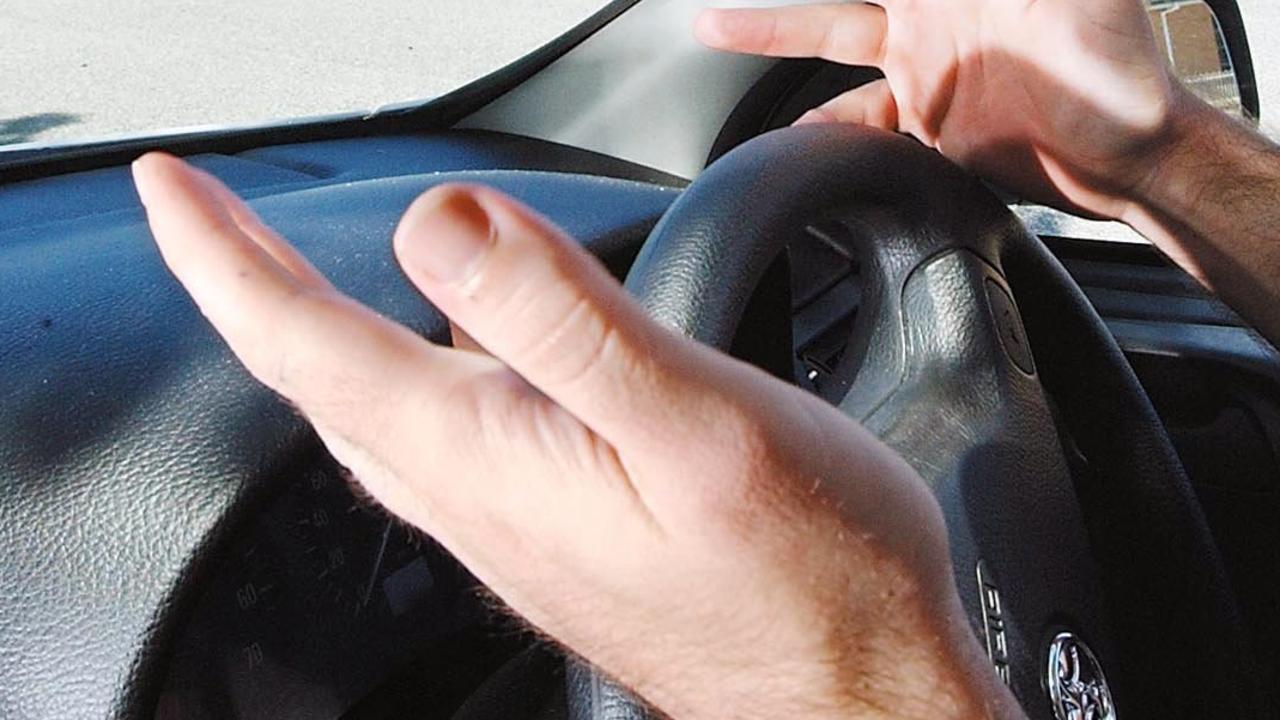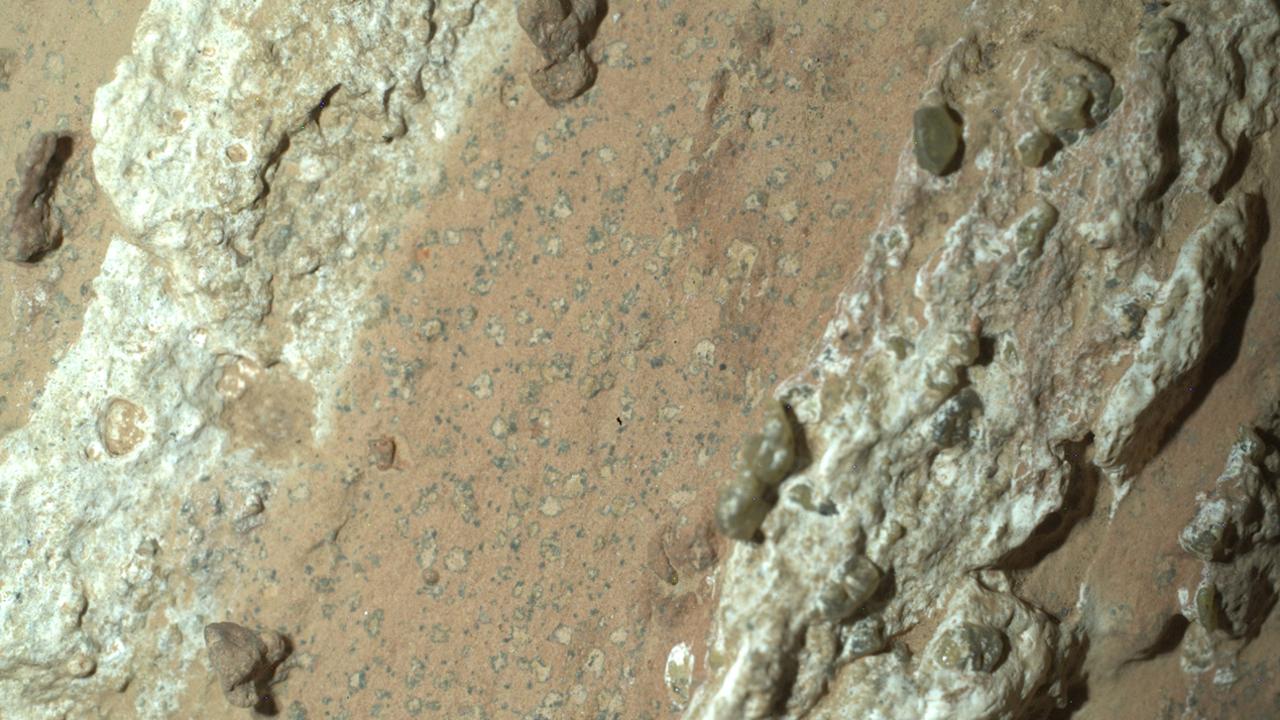The decision to retain shark nets at Sydney beaches this summer will not make it any safer for swimmers, but it will make it significantly more dangerous for many harmless marine animals.
As a public safety measure, the shark nets are a failure. Last summer, not a single target shark (great white, tiger, bull) was caught on any Sydney beach from Palm Beach to Cronulla. They did not even catch the very species they are supposed to be “intercepting”.

Shark nets are ineffective against the predators they are purported to control.Credit: Paul Rovere
But they did catch and drown many other marine animals – turtles, dolphins and rays – many of them endangered, all of them deserving of a better fate than this. Every year, a shocking 90 per cent of the catch in NSW shark nets is unintended non-target animals. Even critically endangered grey nurse sharks, with an east coast population on the brink, are killed on the nets every year.
In truth, the volleyball nets on the sand at Bondi are about as useful for public safety as the shark nets. All the shark nets provide is a false sense of security and a death trap for marine wildlife.
Unlike shark nets at Sydney’s harbour beaches, which do form an enclosure, the shark nets at ocean beaches are tiny in comparison to the size of the beach. At only 100 metres in length and six metres high, sharks can easily swim around, over and under the nets. A 2012 Western Australian study found that 40 per cent of sharks caught have been on the beach side of the nets.
Shark incidents are rare and nets don’t stop them from happening. The few remaining defenders of the shark nets will say that only one fatal incident has occurred at a netted beach in the last 20 years. That’s thankfully true, but what they fail to mention is that 36 unprovoked bites have occurred at netted beaches over that same time. Improvements in medical training and emergency response times, as well as the skill and bravery of our first responders, have reduced fatal incidents. Fatalities due to sharks have decreased, but the credit goes to heroic surf lifesaving and paramedics, not a redundant strip of netting.

The volleyball nets on the sand at Bondi are about as useful for public safety as the shark nets.Credit: Bloomberg
Shark nets were originally meant to reduce local shark populations, otherwise known as “culling.” But the species that present a potential risk are highly migratory – making a local population reduction completely impossible. Even if we could successfully cull sharks in and around Sydney, scientists do not vouch for culling as an effective strategy to prevent shark bites.
When the Queensland government tried to defend its shark culling against our legal challenge, the only scientist it could find to put on the stand said if he was designing a shark safety program today, he would not include culling. The Queensland Administrative Appeals Tribunal concluded that the scientific evidence against culling sharks for public safety was “overwhelming”.






